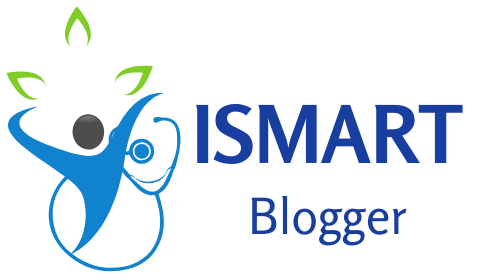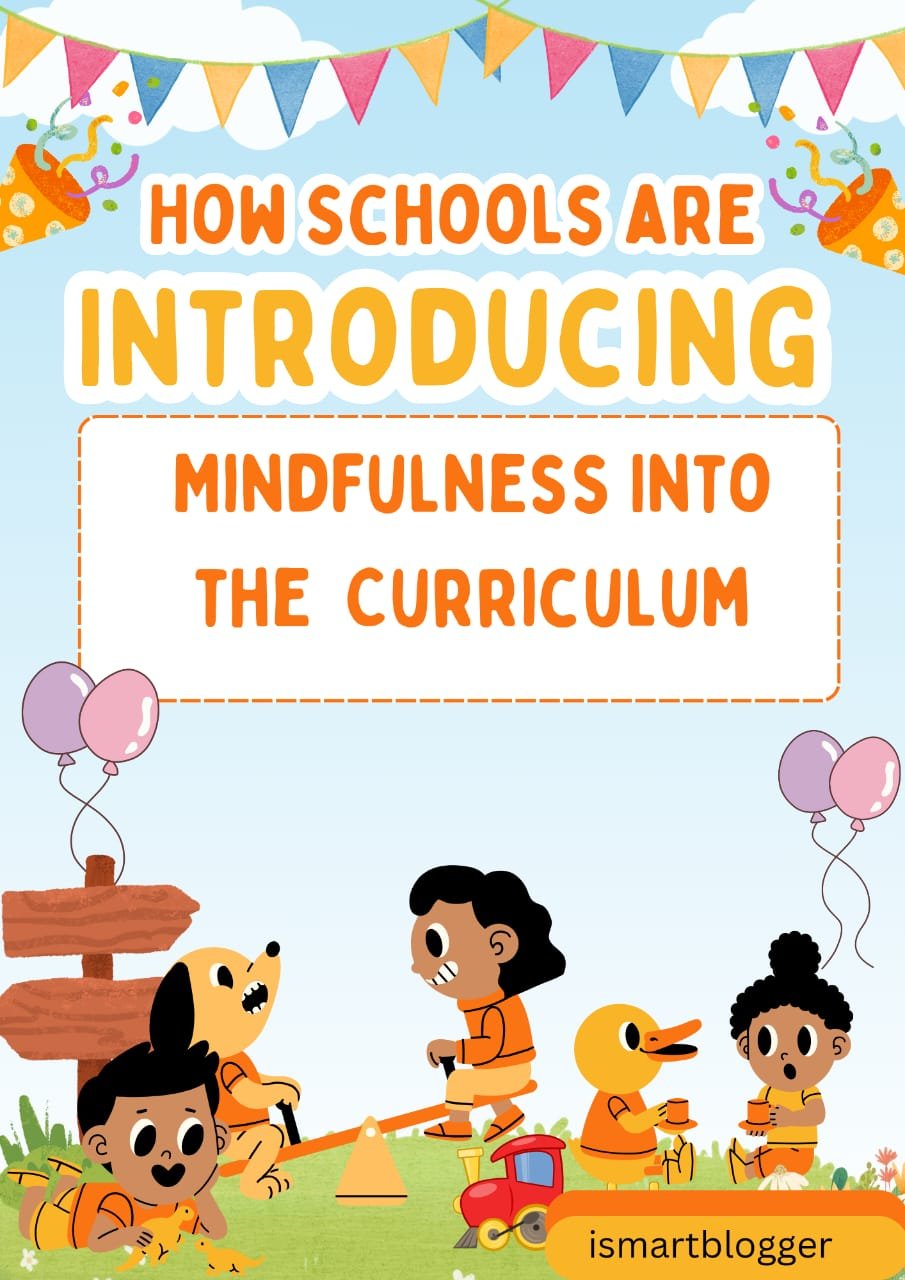Introduction
Mindfulness, a concept that has gained significant traction in recent years, refers to the practice of being fully present and aware in the present moment. Originating from ancient Eastern traditions, mindfulness has garnered attention worldwide for its potential to enhance mental well-being and promote overall happiness.
As society becomes increasingly fast-paced and students encounter mounting pressures, schools are recognizing the importance of incorporating mindfulness into their curriculum. By nurturing a mindful learning environment, schools aim to equip students with valuable tools to navigate the challenges of academic life and beyond.
Definition of Mindfulness
Mindfulness is often defined as intentionally paying attention to one’s thoughts, emotions, sensations, and surroundings without judgment or reactivity. It involves cultivating a state of open awareness toward one’s experiences as they unfold in each passing moment.
At its core, mindfulness encourages individuals to engage with the present moment rather than dwelling on regrets about the past or anxieties about the future. Moreover, mindfulness practice involves developing an attitude of curiosity and non-judgment towards one’s thoughts and feelings.
This allows individuals to observe their internal experiences objectively without becoming overwhelmed or entangled in them. By acknowledging these thoughts and emotions from a non-reactive standpoint, individuals can better understand themselves while cultivating self-compassion.

Importance of Incorporating Mindfulness in Schools
Incorporating mindfulness into schools is crucial due to its wide-ranging benefits for students’ overall well-being and academic performance. Research suggests that regular practice of mindfulness exercises can significantly improve focus and attention span among students.
By training their minds to be fully present in each moment, students can better concentrate during class lectures and engage more effectively with learning materials. Additionally, incorporating mindfulness practices into school curricula has shown promising results in reducing stress levels among students.
Adolescence is often characterized by heightened stress levels caused by various pressures such as exams, social interactions, and personal development. Mindfulness equips students with effective stress management techniques, enabling them to navigate these challenges with resilience and emotional stability.
Furthermore, mindfulness fosters the development of important social-emotional skills. By encouraging students to cultivate empathy, compassion, and self-regulation, schools can help foster a positive and supportive learning environment.
These skills not only enhance students’ interpersonal relationships but also contribute to the overall well-being of the school community. Mindfulness offers valuable tools for students to navigate the demands of academic life while promoting their mental well-being.
By cultivating a mindful learning environment within schools, educators can empower students with invaluable skills that extend far beyond their academic endeavors. The subsequent sections of this article will explore in greater detail how schools are successfully introducing mindfulness into their curriculum and address the challenges they face in doing so.
Improved Focus and Attention Span
Mindfulness practices have been found to significantly enhance students’ focus and attention spans. Numerous research studies have shown a positive correlation between mindfulness training and improvements in attentional control. One such study conducted by Jha, Krompinger, and Baime (2007) found that just two weeks of mindfulness training resulted in enhanced attentional performance among undergraduate students.
Increased focus can benefit students academically in several ways. Firstly, it enables them to stay engaged in classroom activities, leading to better comprehension and retention of information.
When students can concentrate on their studies without distractions, they are more likely to achieve higher grades and perform well on exams. Furthermore, improved focus allows students to delve deeper into complex tasks or projects.
It enables them to sustain their attention for longer periods, facilitating the development of critical thinking skills and enabling them to create more sophisticated work. With enhanced concentration abilities, students become better equipped to tackle challenging academic assignments with confidence.
Enhanced Emotional Well-being
Mindfulness practices play a crucial role in promoting emotional well-being among students. By cultivating present-moment awareness without judgment or attachment, mindfulness helps reduce stress levels and alleviate anxiety symptoms commonly experienced by young learners. A study conducted by Semple et al. (2010) demonstrated that implementing mindfulness-based programs led to significant reductions in stress among elementary school children.
Mindfulness allows students to develop a greater sense of self-awareness, enabling them to identify stress triggers and effectively regulate their emotions. In addition to reducing stress, mindfulness also fosters improved self-regulation skills among students.
Through regular practice, individuals learn how to respond rather than react impulsively when faced with challenging situations or negative emotions. This ability promotes emotional intelligence—an essential skill for navigating the complexities of life, fostering resilience, and maintaining positive mental health.
Better Social Skills and Relationships
Mindfulness practices have a profound impact on student’s social skills and relationships by enhancing their ability to empathize with others. When students are present at the moment and actively engaged in mindfulness exercises, they develop a deeper understanding of their own emotions, which translates into heightened empathy towards their peers.
Research conducted by Schonert-Reichl et al. (2015) found that mindfulness training significantly increased empathy among adolescents. By developing this capacity for empathy, students become more compassionate to the experiences of others.
They learn to respond with kindness and understanding, leading to stronger interpersonal connections. Moreover, mindfulness also empowers students with valuable conflict-resolution skills.
By teaching them how to stay calm in challenging situations, listen attentively without judgment, and communicate effectively, mindfulness equips students with the tools needed for constructive dialogue and negotiation. These skills enable them to resolve conflicts amicably while fostering a harmonious classroom environment built on mutual respect.
Integration within regular classroom activities
Mindfulness exercises as part of daily routine
Integrating mindfulness into regular classroom activities has become a popular approach for many schools seeking to cultivate a more mindful learning environment. One effective method is incorporating short mindfulness exercises at the beginning or end of each class.
These brief moments of mindfulness provide students with an opportunity to pause, center themselves, and bring their attention fully to the present moment. A common practice found in classrooms is the use of breathing exercises to promote relaxation and focus.
Students are guided through deep breathing techniques, such as diaphragmatic breathing or square breathing, where they inhale deeply for a count of four, hold for four, exhale for four, and again hold for four. This simple yet powerful exercise helps students regulate their breath, which in turn calms their nervous system and enhances their ability to concentrate on the tasks ahead.
Another technique employed in classrooms is guided visualizations that encourage imagination and creativity. Through visualization exercises, students are asked to close their eyes and visualize serene environments or positive experiences.
For example, they may be guided to imagine themselves walking on a calm beach or exploring a beautiful forest. As they immerse themselves in these mental landscapes, students not only experience relaxation but also tap into their creative potential by fostering imaginative thinking.
Dedicated mindfulness programs or courses
In addition to integrating mindfulness into everyday classroom activities, many schools have implemented dedicated mindfulness programs or courses that allow for more extensive practice and exploration of mindfulness techniques. These programs aim to provide students with a comprehensive understanding of mindfulness principles and equip them with practical tools they can incorporate into their daily lives. One widely recognized program is the Mindful Schools curriculum developed by Jon Kabat-Zinn and his team.
This curriculum offers age-appropriate lessons designed specifically for different grade levels from kindergarten through high school. It covers various aspects of mindfulness, including breath awareness, body scans, mindful eating, and mindful listening.
The Mindful Schools curriculum not only teaches students how to be more present and focused but also emphasizes the cultivation of compassion and gratitude. Another notable mindfulness program is the Inner Explorer program.
This online-based program provides schools with a structured platform that offers daily guided audio practices for students and educators. The Inner Explorer sessions are designed to be short yet impactful, allowing teachers to seamlessly integrate them into their daily routines.
With its interactive approach and diverse range of exercises, the Inner Explorer program helps students develop emotional intelligence, self-awareness, and resilience. Implementing these dedicated mindfulness programs or courses enables schools to foster a culture of mindfulness that extends beyond individual classrooms and permeates throughout the entire school community.
Incorporating mindfulness within regular classroom activities as well as implementing dedicated programs enhances students’ ability to regulate their emotions, improve focus, boost creativity levels, and foster overall well-being. By proactively integrating mindfulness practices into their curricula, schools empower students with essential life skills that will benefit them academically as well as in their personal lives.
Training Teachers in Mindfulness Techniques
Professional development opportunities for teachers to learn about mindfulness techniques
In order to successfully introduce mindfulness practices into the curriculum, educators must receiveTo adequate training and professional development opportunities. Many schools and educational institutions have recognized the importance of equipping teachers with the necessary tools and knowledge to effectively implement mindfulness techniques in the classroom. Professional development programs are designed to provide teachers with a comprehensive understanding of mindfulness, its benefits, and practical strategies for incorporating it into their teaching practice.
These programs often include workshops, seminars, and training sessions led by experienced mindfulness practitioners or experts in the field of education. Teachers are introduced to various mindfulness techniques such as breathing exercises, guided meditations, and mindful movement activities.
They also learn how to create a supportive classroom environment that fosters the practice of mindfulness among students. By participating in these professional development opportunities, educators gain not only a deeper understanding of mindfulness but also confidence in implementing it within their teaching.
Importance of teacher’s practice for effective implementation
One crucial aspect of training teachers in mindfulness techniques is emphasizing the significance of their practice. To authentically guide students through mindfulness exercises, educators must cultivate their own regular meditation or self-reflection practices.
By engaging in consistent personal practice themselves, teachers develop a deep experiential understanding of mindfulness principles and firsthand experience with its benefits. When teachers engage in their practice, they become more attuned to their thoughts, emotions, and reactions.
This self-awareness enhances their ability to empathize with students’ experiences during class discussions or activities related to mindfulness. Furthermore, when educators embody a calm and present state during teaching moments, they model the qualities they aim to cultivate within their students.
Training programs available for educators
Fortunately, there are numerous training programs available for educators who wish to incorporate mindfulness into their teaching practice. These programs are designed to cater to teachers of all experience levels, ranging from beginners to those with prior knowledge of mindfulness practices.
Many organizations and institutions offer online courses, workshops, and certifications that provide comprehensive guidance on teaching mindfulness in an educational setting. Some widely recognized training programs include the Mindfulness-Based Stress Reduction (MBSR) Teacher Training, which is geared towards professionals seeking to facilitate MBSR classes, including educators.
Additionally, the Mindful Schools program offers an array of online courses specifically designed for teachers at different grade levels. These courses cover a range of topics such as integrating mindfulness into daily classroom rituals, addressing challenging behaviors through mindfulness practices, and fostering social-emotional learning through mindful engagement.
By participating in these training programs, teachers gain a deeper understanding of the theories and techniques behind mindfulness and acquire practical strategies for integrating it into their curriculum effectively. The availability of such training opportunities ensures that educators are equipped with the necessary tools to provide their students with a high-quality mindfulness education.
Challenges Faced by Schools in Implementing Mindfulness Curriculum
Resistance to traditional education systems
Introducing mindfulness into the curriculum can face resistance from traditional education systems. This resistance can stem from a variety of factors, including skepticism about the effectiveness of mindfulness practices or concern that it may take up valuable instructional time. Some educators and administrators might view mindfulness as a new-age concept that lacks empirical evidence to support its benefits.
Additionally, there may be hesitancy to deviate from more traditional teaching methods and curriculam that have been in place for years. To address this resistance, it is crucial to provide educators and administrators with comprehensive research on the positive impacts of mindfulness on student well-being and academic performance.
Sharing success stories from other schools that have implemented mindfulness programs can also help alleviate concerns. In addition, offering professional development opportunities for teachers to learn about mindfulness techniques and understand how they can be integrated into existing lesson plans can help bridge the gap between traditional education systems and incorporating mindfulness practices.
Lack of resources or funding for training teachers
Implementing a mindfulness curriculum requires trained teachers who are equipped with the necessary knowledge and skills to effectively teach these practices to students. However, one significant challenge faced by schools is the lack of resources or funding for training teachers in mindfulness techniques.
Many schools struggle with limited budgets, making it difficult to allocate funds for professional development programs or workshops focused on teaching educators how to implement mindfulness practices. To overcome this obstacle, schools can explore partnerships with local organizations or community centers that specialize in mindfulness training.
These collaborations could provide cost-effective options for teacher training programs or even sponsorships for attending relevant conferences or workshops. Moreover, seeking grants specifically aimed at promoting mental health initiatives and well-being in schools could be another avenue for securing additional funding resources.
Skepticism from parents or community members
Another challenge schools may face when introducing mindfulness into the curriculum is skepticism from parents or community members. Some individuals may view mindfulness as a religious or spiritual practice, leading to concerns over potential violations of separation between church and state. Others may hold preconceived notions about mindfulness that can be difficult to overcome, such as misconceptions about it being associated with hippie culture or lacking scientific backing.
To address these concerns, open and transparent communication is essential. Schools should provide clear explanations of the secular nature of mindfulness practices, emphasizing that they are rooted in evidence-based research and have been successfully implemented in various educational settings worldwide.
Hosting informational sessions for parents and community members can help dispel any misconceptions while allowing them to ask questions and voice their concerns. While incorporating mindfulness into the curriculum holds numerous benefits for student’s well-being and academic performance, schools must navigate several challenges during implementation.
Resistance from traditional education systems, lack of resources or funding for training teachers, and skepticism from parents or community members require careful consideration and strategic approaches to ensure the successful integration of mindfulness practices into the educational system. By addressing these challenges head-on through comprehensive research, professional development opportunities, partnerships with external organizations, grant funding initiatives, and effective communication with stakeholders, schools can overcome obstacles and create a nurturing environment that fosters both cognitive growth and emotional well-being among students.
Success Stories: Schools that have Successfully Integrated Mindfulness into their Curriculum
Exemplary School A: Mindful Elementary Academy
Mindful Elementary Academy, located in a bustling urban area, has emerged as a shining example of successfully integrating mindfulness into its curriculum. Recognizing the importance of nurturing the holistic development of its students, this school prioritized mindfulness practices to enhance focus, emotional well-being, and social skills among its learners.
The academy seamlessly incorporates mindfulness into various aspects of the curriculum through dedicated daily mindfulness sessions and incorporating breathing exercises and guided visualizations throughout the day. Teachers at Mindful Elementary Academy have undergone extensive training in mindfulness techniques themselves, allowing them to lead by example and create an optimal learning environment.
One unique aspect is their weekly “Mindful Moments” assembly where students showcase their mindfulness skills through poetry recitations and short calming performances. The positive impact onToers and students has been palpable, with improved academic performance, reduced behavioral issues, and increased overall well-being within the school community.
Exemplary School B: Peaceful High School
Peaceful High School is another remarkable institution that has successfully introduced mindfulness practices into its curriculum. Located in a rural setting, this school recognized the need to address stressors commonly faced by high school students.
Through collaboration with local mindfulness experts and community support, they developed a comprehensive curriculum that integrates mindful practices across subject areas. Peaceful High School offers elective courses dedicated solely to teaching various aspects of mindfulness such as meditation techniques, stress management strategies, and cultivating emotional intelligence.
These courses have garnered immense popularity among students due to their practicality in dealing with everyday challenges faced during adolescence. Additionally, Peaceful High School hosts regular mindful retreats where students are exposed to intensive practice under expert guidance.
These retreats provide opportunities for self-reflection and inner growth while fostering stronger connections among peers. The success of Peaceful High School’s mindfulness curriculum is evident in the improved emotional well-being and resilience exhibited by their students, leading to a positive school climate and overall academic excellence.
Conclusion
The integration of mindfulness into school curricula has proven to be a transformative approach to promoting students’ overall well-being and academic success. The success stories of Mindful Elementary Academy and Peaceful High School exemplify the immense benefits that schools can reap through the dedicated implementation of mindfulness practices. By incorporating mindfulness into regular classroom activities or offering dedicated courses, schools can empower students with improved focus, emotional balance, and social skills.
However, teachers must receive adequate training to effectively facilitate these practices. As mindful schools continue to emerge as beacons of progressive education, we can envision a future where all educational institutions prioritize the holistic development of their students. By nurturing their minds and hearts through mindfulness practices, we enhance not only their academic growth but also lay the foundation for compassionate individuals who will contribute positively to society. Let us embrace this promising path toward cultivating happier, healthier generations.





